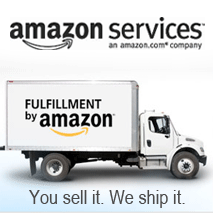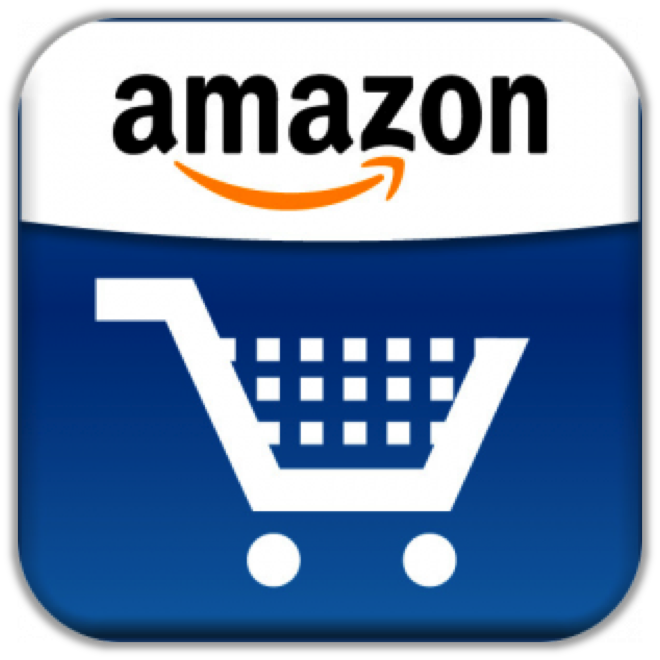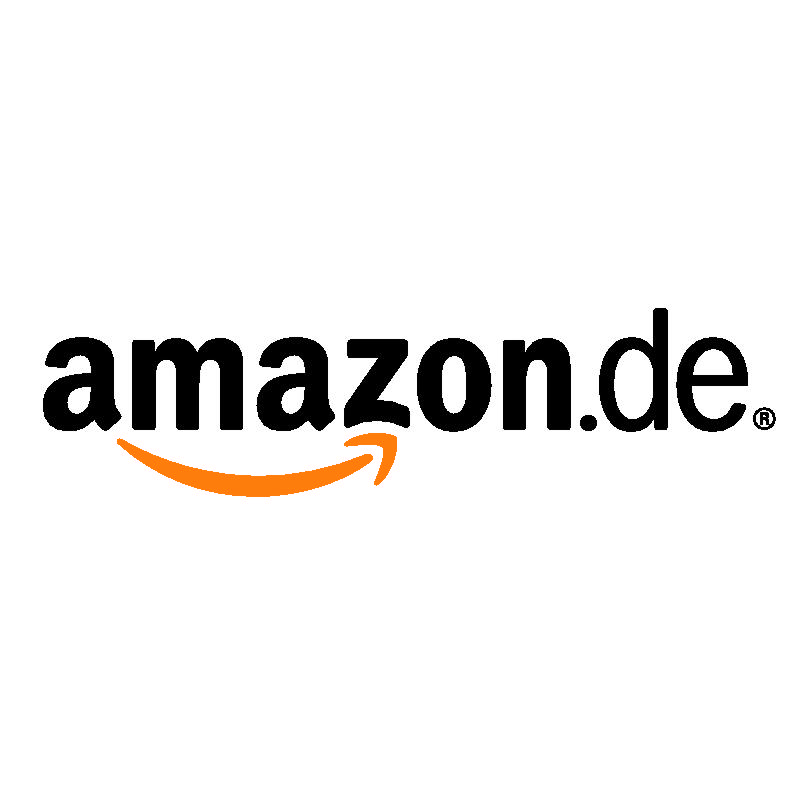When Fulfillment by Amazon came out I was extremely weary. I was doing quite well fulfilling all my orders myself, and they were throwing numbers at me telling me this would instantly increase sales dramatically. This was before most people had heard of Amazon Prime, so at first I admittingly shrugged it off. Eventually I decided to give it a shot and sent a few items over. It was a bit of a hassle because I had to relabel each item, but it ended up really paying off. Items were flying off the shelf over there at a velocity that no product had ever sold at before for me. After filtering out the duds our small warehouse could barely even hold the volume we would have delivered so we could process the shipment and forward it to FBA. This was a new world for me and I ended up getting a little greedy and perhaps overdoing it. You can hardly blame me though because I couldn’t keep anything in stock over there. At a certain point, as you may have suspected, Amazon picked up the products themselves, and completely knocked me out of the buybox. I was sitting on tens of thousands of dollars worth of inventory that was instantly frozen. Ultimately, I had to mark it down to cost so that I wouldn’t continue paying Amazon to stock it for me.
I’ve heard people argue that this is somehow unfair or unethical for Amazon to do. The reality is that you are choosing to sell on their site and they can do with the data what they want, so it’s better if you move on. The real lesson here is to be cautious in your dealings with FBA, because mistakes can be expensive.
So how do I use FBA now that I’ve been burned? There are two strategies I use it for:
- High volume, low cost products. This may be counter-intuitive, but here is my reasoning: Most products I sell are low velocity, high priced items, so it’s been very difficult for me to build up the feedback I’d like over time. Putting up some low price products means I have a constant stream of good reviews coming in. I may not be turning crazy profits from them, but having Amazon fulfill the orders makes this virtually effortless anyway.
- High velocity, high priced products, not already on FBA. This is where the money is. If you send your highest converting products to Amazon, you can double your sales within days, the key is to only send product that will be gone within a few weeks so that you’re not storing too much product. This is of course a risky strategy. If you do too well, Amazon might take you out by selling the items themselves, so I only do this on about 40% of our bestsellers. I comfort myself by knowing though that if Amazon does take over that buybox, I’ve probably already made a ton on it.
I’m always checking the bestselling list for my categories to see what I can pick up, and if you do the same, you’ll notice that most products in the top few hundred are always FBA. There is a reason for this. Customers, myself included, are extremely biased towards Amazon fulfilled products. As a Prime member myself, I rarely purchase an item that is not Prime. FBA is expensive, and even risky, but the payoffs are potentially huge, and worth your time. If you haven’t already, start selectively sending product to FBA and see what it does to your sales velocity.




